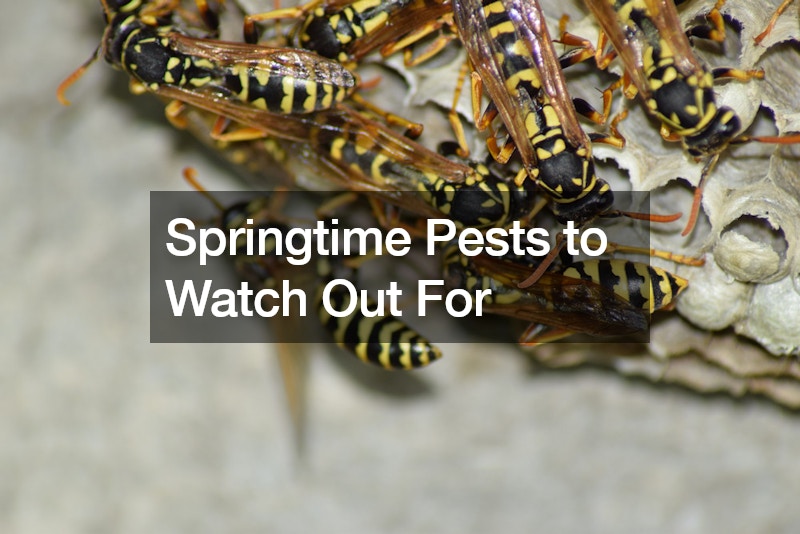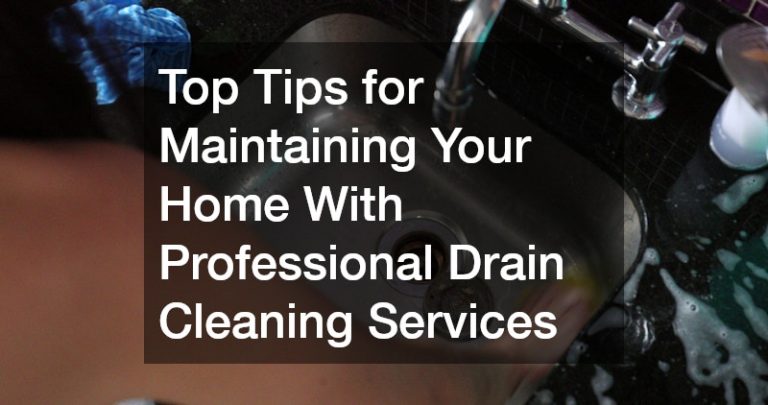

As the weather begins to warm and nature comes back to life, it’s not just flowers and sunshine that return. Spring also heralds the arrival of some unwelcome guests: pests. From insects to rodents, these creatures can wreak havoc on your home and garden if left unchecked. To help you prepare for the season, here are some common springtime pests to watch out for and how to deal with them.
1. Ants
Ants are among the first pests to emerge in the spring, seeking food and shelter after the winter months.
They can enter your home through even the tiniest cracks and crevices, marching in long lines for crumbs and sweet treats.
Tip:
To deter ants, keep your kitchen clean and store food in airtight containers. Seal off entry points by caulking gaps around windows and doors. If you spot an ant trail, wipe it away with soapy water to disrupt their pheromone trail.
In addition to maintaining a clean kitchen and storing food in airtight containers, there are several other actionable steps you can take to deter ants from invading your home. Consider applying a natural ant deterrent, such as vinegar and water, along entry points and baseboards.
Sprinkle diatomaceous earth or cinnamon near areas where ants are commonly seen, as these substances are known to repel them. Regularly inspect outdoor areas for ant mounds and treat them with an ant bait or pesticide designed explicitly for outdoor use. By implementing these proactive measures alongside regular cleaning and maintenance, you can effectively prevent ant infestations and keep your home ant-free.
2. Termites:
Spring is prime termite season, as these wood-destroying pests swarm in search of new nesting sites. Termites can cause extensive damage to wooden structures, often going unnoticed until it’s too late.
Tip:
To safeguard your home against termite damage, it’s crucial to schedule regular termite inspections with a reputable pest control professional. These inspections can help detect any early signs of termite activity, allowing for prompt treatment to prevent extensive damage.
Consider taking proactive steps by installing termite bait stations around the perimeter of your property. These bait stations contain slow-acting toxins that termites carry back to their colonies, effectively eliminating the entire population. By combining regular inspections with preventive measures like bait stations, you can protect your home from costly termite infestations and structural damage.
3. Mosquitoes:
As temperatures rise, so do mosquito populations. These blood-sucking pests breed in standing water, making ponds, bird baths, and clogged gutters ideal breeding grounds.
Tip:
To minimize mosquito populations around your property, it’s essential to eliminate any standing water where they can breed. Regularly empty containers like flower pots, birdbaths, and clogged gutters to prevent water accumulation.
Ensure that outdoor items such as buckets and toys are stored upside down to prevent water collection. When spending time outdoors, apply mosquito repellent containing DEET, picaridin, or oil of lemon eucalyptus to exposed skin and clothing.
For added indoor protection, consider installing screens on windows and doors to prevent mosquitoes from entering your home while allowing fresh air to circulate. These proactive measures can significantly reduce mosquito activity and minimize the risk of mosquito-borne diseases.
4. Rodents:
Rodents like mice and rats are active year-round, but they may become more noticeable in the spring as they search for food and nesting sites. These pests can carry diseases and cause damage by gnawing on wires and insulation.
Tip:
Seal off potential entry points by repairing holes in walls and foundations. Keep food stored in rodent-proof containers, and trim vegetation around your home to eliminate hiding spots.
5. Bees and Wasps:
As flowers bloom, bees and wasps become more active, foraging for nectar and building nests. While bees are beneficial pollinators, wasps can be aggressive and may sting if threatened.
Tip:
Inspect your property for signs of nests, such as paper-like structures under eaves or in trees. If you find a nest, contact a pest control professional to remove it safely. Avoid swatting at bees and wasps, as this can provoke them to sting.
When to Call in the Professionals:
While DIY methods can effectively control minor pest problems, some infestations require professional intervention. If you’re dealing with a large or persistent pest problem, or if you’re unsure of the best course of action, don’t hesitate to contact a licensed pest control technician.
Pest control professionals have the expertise and equipment to safely and effectively eliminate pests from your home. They can also provide valuable advice on preventing future infestations, such as sealing off entry points and implementing ongoing maintenance measures.
Remember, pest control is not just about eliminating pests. It’s also about protecting your home and family from the potential health risks and property damage pests can cause. By staying vigilant and taking proactive measures to address pest problems, you can enjoy a pest-free spring and beyond.
.


